No Products in the Cart
INDOOR THCA FLOWER 5g - $39.99 | GREENHOUSE THCA FLOWER 7g - $34.99
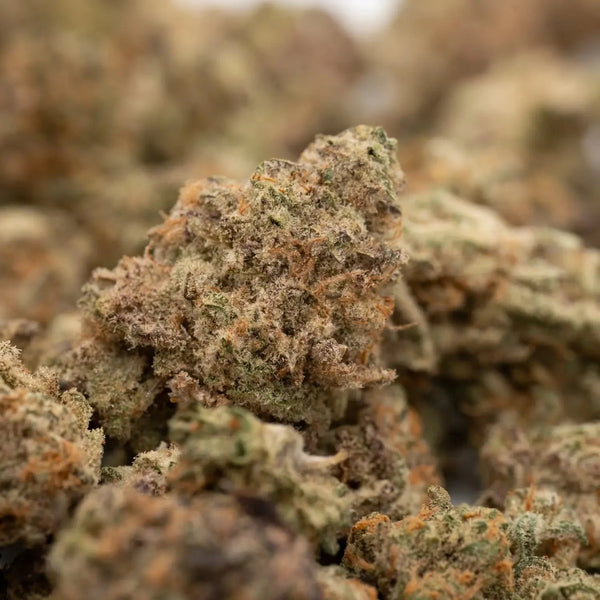
Creating your own cannabis strain is one of the most rewarding experiences for any cannabis enthusiast. Whether you're looking to develop unique terpene profiles, increase potency, or combine the best traits of your favorite varieties, understanding how to breed THCA strains opens up a world of possibilities. This comprehensive guide will walk you through every step of the breeding process, from selecting parent plants to stabilizing your very own homemade strain.
Before diving into the breeding process, it's essential to understand what you're working with. THCA (tetrahydrocannabinolic acid) is the non-psychoactive precursor to THC found in raw cannabis plants. When exposed to heat through smoking, vaping, or cooking, THCA converts to THC through a process called decarboxylation. The creating THCA cannabis strains process allows breeders to develop varieties with specific cannabinoid profiles, effects, and growing characteristics.
Why would someone want to create their own strain? The reasons are numerous:
Customization: You can combine the exact traits you desire, whether it's a specific flavor profile, growth pattern, or effect.
Preservation: Creating seeds from your favorite plants ensures you'll always have access to that genetics, even if the original source disappears.
Innovation: The cannabis industry thrives on new and unique varieties. Your creation could become the next legendary strain.
Cost-Effectiveness: Once you've developed stable genetics, you'll have an unlimited supply of seeds without ongoing purchases.
Educational Value: The breeding process teaches you invaluable lessons about plant biology, genetics, and cultivation techniques.
The THCA strain development guide journey requires patience, space, and dedication, but the results can be truly spectacular. Many of today's most popular strains started as passion projects in home breeders' gardens.
To successfully breed cannabis, you need a basic understanding of how plant genetics work. Cannabis follows Mendelian genetics principles, just like other plants and organisms. Each plant inherits genetic information from both parents through DNA contained in chromosomes.
Cannabis traits are controlled by genes, which come in pairs called alleles. When breeding, each parent contributes one allele for each trait. Some alleles are dominant (represented by capital letters), while others are recessive (lowercase letters). Dominant traits will express themselves even if only one dominant allele is present, while recessive traits require two recessive alleles to appear.
For example, if purple coloration is recessive (pp) and green is dominant (PP or Pp):
Understanding which cannabis traits are typically dominant or recessive helps predict outcomes when breeding high THCA flower:
Commonly Dominant Traits:
Commonly Recessive Traits:
However, cannabinoid production, including THCA content, is polygenic—controlled by multiple genes working together. This complexity makes cannabis genetics for THCA particularly challenging but also allows for incredible diversity in outcomes.
The genotype is the genetic makeup of a plant—the actual DNA code it carries. The phenotype is how those genes express themselves visually and chemically based on both genetics and environment. Two plants with identical genetics can show phenotypic variation when grown in different conditions, which is why environment control is crucial during breeding projects.
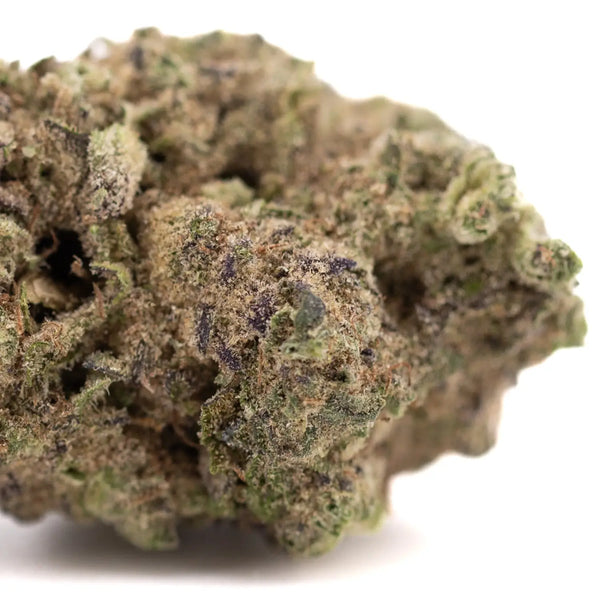
Your parent plant selection will make or break your breeding project. This is where THCA strain creation tutorial knowledge becomes practical application. You're looking for plants that not only excel individually but will also combine their traits favorably.
Males are often overlooked in breeding discussions, but they contribute 50% of the genetics. Selecting superior males is crucial for successful homemade THCA strains.
What to Look for in Male Plants:
Vigor and Structure: Choose males that grow robustly with strong stems, healthy root systems, and resistance to stress. Vigor often passes to offspring.
Resin Production: Yes, males produce resin too! Look for males with visible trichome production on leaves and stems. While males don't produce flowers, resinous males often pass potency to their offspring.
Terpene Profile: Smell your males! Those with desirable aromas often pass these traits to seeds. Rub stems and smell your fingers to assess terpene production.
Node Spacing: Tight internodal spacing typically indicates compact growth, while wider spacing suggests stretchy plants. Choose based on your goals.
Flowering Time: Males that flower at your desired speed will likely pass this trait to offspring. Early-flowering males often produce early-flowering progeny.
Stamen Structure: Look for males with clustered, full stamens rather than sparse, weak pollen production. Healthy pollen producers make breeding more reliable.
Your female selection is where you'll see, smell, and test most of the traits you're trying to breed. This is your opportunity to choose for THCA content, terpenes, yields, and effects.
Essential Female Traits:
THCA Content: This is primary for DIY THCA breeding. Test your females or use only proven high-THCA varieties. Lab testing is ideal, but working with known genetics from reputable sources works for beginners.
Terpene Profile: The smell and taste of your strain depends heavily on the mother. Choose females with the aromatic qualities you want to preserve or enhance.
Structure and Yield: Look for plants with your ideal structure—bushy, tall, branchy, or compact. Consider yield potential if production is important.
Flowering Time: Select females with your target flowering period. Mixing early and late flowering parents can result in inconsistent offspring.
Resistance: Choose plants that have shown resistance to mold, pests, heat, or cold, depending on your growing conditions.
Effects: If possible, test the effects of your females. The cannabinoid and terpene profile creates the experience, so select plants that produce your desired effects.
Stability: Plants that consistently produce the same phenotype across multiple grows are more likely to pass stable genetics to offspring.
Not all combinations work well together. Research the lineages of your parent plants when possible. Plants with some shared genetics often produce more predictable offspring, while completely unrelated genetics can create more variation (both good and potentially problematic).
Once you've selected your parent plants, it's time for the actual breeding. The THCA flower genetics magic happens during pollination, where male pollen fertilizes female flowers to create seeds.
Proper timing ensures maximum seed production and viability:
Male Timing: Males typically show sex and release pollen 1-2 weeks before females are ready. You'll need to collect pollen before females are fully receptive.
Female Timing: Pollinate females 2-3 weeks into flowering, once white pistils are abundant but before buds are fully mature. This gives seeds time to develop while the plant still has energy.
Environmental Conditions: Choose a day with low humidity and no rain if outdoors. High humidity can damage pollen viability.
Bag Method: Place a paper bag over male flower clusters and shake gently. Pollen collects in the bag. This is the cleanest method for controlled breeding.
Pruning Method: Cut male branches with mature pollen sacs and place them in water like cut flowers. Allow sacs to open naturally, then collect pollen on a clean surface.
Stem Rubbing: Gently rub open male flowers over a glass plate or mirror. Pollen falls and can be collected with a small brush or card.
If you're not using pollen immediately:
Brush Application: Use a small paintbrush to apply pollen directly to individual pistils or branches. This method offers maximum control for selective breeding.
Branch Bagging: Place pollen-dusted branches in bags, secure gently, and leave for 24 hours. This ensures thorough pollination of selected branches.
Whole Plant Pollination: For maximum seed production, lightly dust the entire plant with pollen using a brush or shaker. Only do this if you don't need unfertilized flowers.
Selective Branch Pollination: Most home breeders pollinate only select lower branches, allowing the rest of the plant to produce seedless flowers for consumption while still creating seeds for breeding.
After pollination:
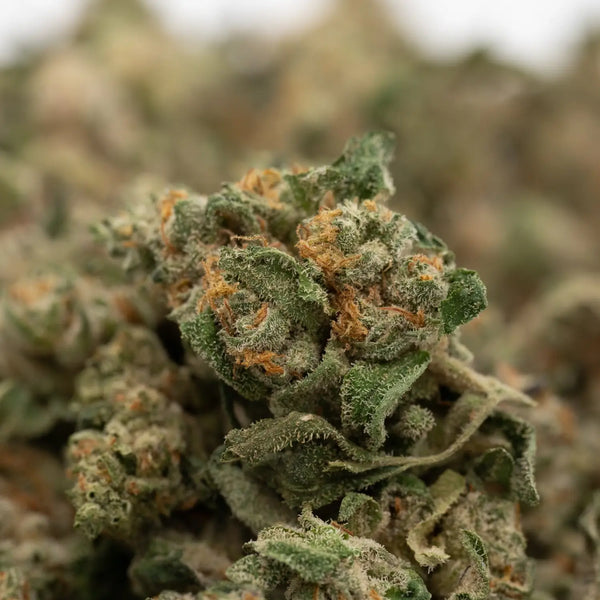
After successful pollination, seeds develop over 4-6 weeks. Proper harvesting and storage ensures your beginners guide to THCA breeding project continues successfully.
Maturity Indicators:
Harvesting Methods:
Clean seeds store better and germinate more reliably:
Proper storage keeps seeds viable for years:
Ideal Conditions:
Storage Methods:
Desiccant Use: Add food-safe desiccant packets (silica gel) to containers to maintain low humidity. Replace desiccants when they change color indicating saturation.
Now comes the exciting part—growing your seeds and selecting the best phenotypes. This is where you'll see the results of your breeding decisions and begin the selection process.
Start your seeds using proven methods:
Paper Towel Method:
Direct Planting:
Germination Rate Expectations:
Your first generation (F1) will show hybrid vigor and relative uniformity because all offspring carry one set of genes from each parent. However, you'll still see variation in expression.
F1 Characteristics:
Growing out F1 plants and selecting the best phenotypes is crucial for developing your strain. How to breed THCA strains successfully depends heavily on phenotype selection.
Population Size: Grow as many F1 plants as space allows. Larger populations provide more selection opportunities:
Selection Criteria: Track these characteristics:
Documentation:
Culling: Don't be afraid to eliminate plants showing:
Selecting Winners: Keep the top 10-20% of your F1 population for further breeding. These elite selections will become parents for your F2 generation.
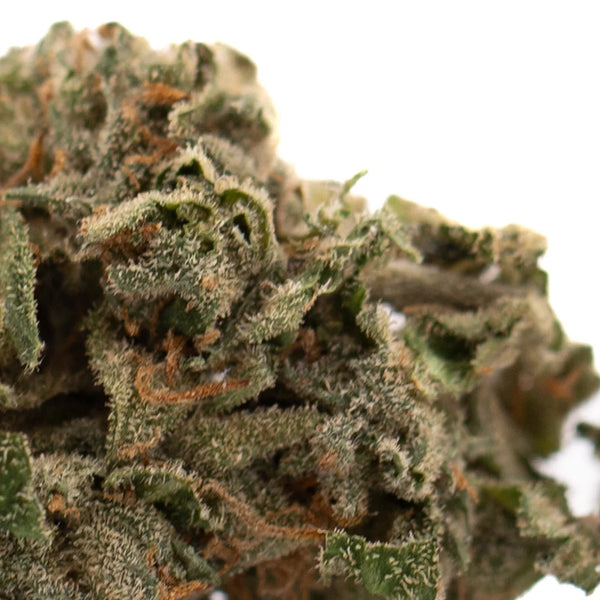
Creating a stable strain takes multiple generations of selective breeding. Most professional breeders work through at least F3 or F4 before releasing genetics, and many continue through F5 or beyond for highly stable varieties.
The F2 generation is created by crossing F1 plants with each other. This is where you'll see the most genetic variation as recessive traits emerge.
What Happens in F2:
F2 Selection Strategy: Continue selecting for your target traits, but expect more variation than F1. This generation tells you what's really hiding in your genetics. If undesirable traits appear frequently, they may require several more generations to eliminate.
F3 is created by crossing your best F2 selections together. You're working toward homozygosity—when plants carry identical alleles for specific traits.
F3 Characteristics:
By F4, your strain should show significant stability. Most plants should express your target traits consistently.
How Many Generations Are Needed?
Working vs. True Breeding: Most strains sold are "working lines" (F3-F5) rather than true-breeding. True-breeding strains produce consistent offspring but take years to develop. For personal use, F4-F5 stability is usually sufficient.
Backcrossing involves breeding offspring back to a parent plant (usually the female) to reinforce specific traits. This technique is particularly useful when one parent has outstanding characteristics you want to emphasize.
When to Backcross:
Backcross Process:
By BX3, offspring typically carry 87.5% of the recurrent parent's genetics.
Professional breeding relies on testing to make informed decisions. While visual and aromatic selection is valuable, laboratory testing provides objective data for creating THCA cannabis strains.
Cannabinoid testing reveals THCA content along with other cannabinoids like CBD, CBG, CBC, and THC.
Testing Methods:
Finding Testing Labs:
Sample Size: Most labs require 1-3 grams of dried, cured flower for testing.
What to Test:
Terpenes create the aromatic and flavor profile while contributing to effects through the entourage effect. Comprehensive testing includes terpene analysis.
Primary Cannabis Terpenes:
Using Terpene Data: Select breeding candidates with desirable terpene profiles. Terpenes are heritable, though ratios can vary based on growing conditions.
Beyond single plant testing, evaluate consistency across your population:
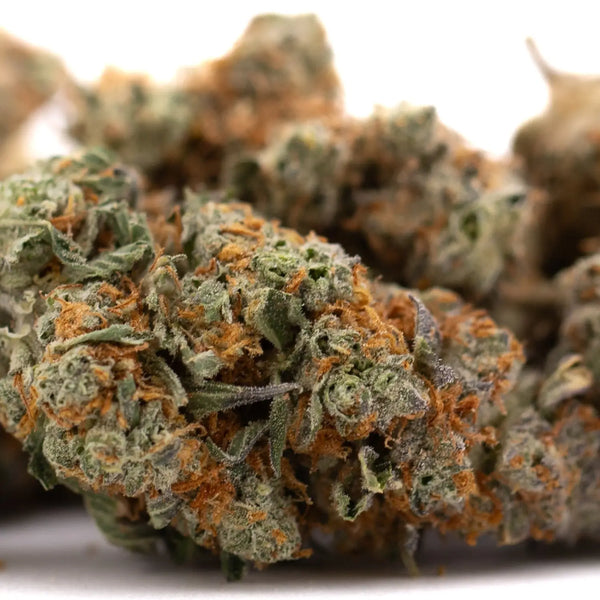
Detailed record-keeping separates successful breeding projects from chaotic experiments. Your notes become invaluable over multiple generations.
Breeding Logs:
Plant Records:
Environmental Data:
Plant Numbering: Create a logical system like: [Cross Name]-[Generation]-[Plant Number] Example: "PurpleDream-F2-034" indicates the 34th F2 plant from your Purple Dream cross.
Cross Nomenclature: Document crosses clearly:
When your strain is stable and ready to name:
Good Strain Names:
Popular Naming Conventions:
Trademark Considerations: Research existing strain names before finalizing yours. Major seed banks trademark popular varieties, so completely unique names avoid legal issues.
THCA strain development guide projects require significant time investment. Understanding realistic timelines helps set appropriate expectations.
Year 1:
Year 2:
Year 3:
Realistic Timeline for Stable Genetics: 2-4 years minimum
Techniques to Speed Breeding:
What You Cannot Rush:
Cannabis breeding legality varies dramatically by location. Understanding your local laws is essential before starting any DIY THCA breeding project.
State-Legal Cannabis States:
States with Medical-Only Programs:
Prohibited States:
Federal Status: Cannabis remains federally illegal (Schedule I), though enforcement generally defers to states. Interstate transport of seeds or plants is federally illegal regardless of state laws.
The 2018 Farm Bill legalized hemp (cannabis with <0.3% Delta-9 THC). However:
Can You Patent Cannabis Strains?
Using Others' Genetics:
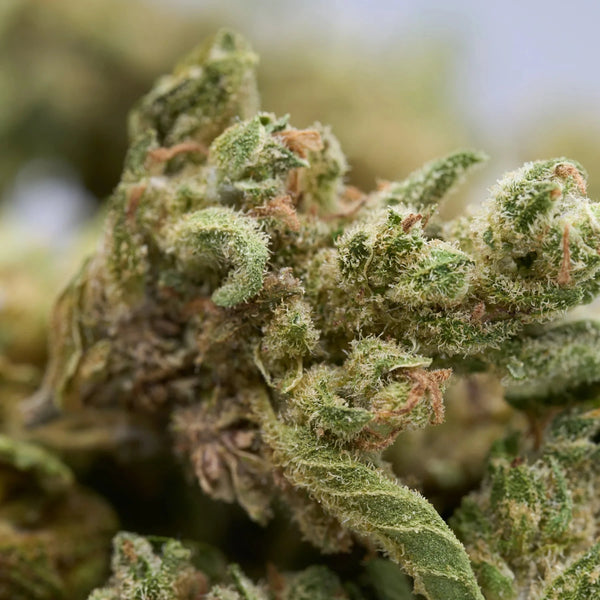
Successful breeding high THCA flower requires ongoing education. These resources will deepen your knowledge:
Forums and Communities:
Educational Websites:
When selecting parent genetics, source from reputable breeders:
Find local labs through:
Creating your own homemade THCA strains is a marathon, not a sprint. It requires space, time, patience, attention to detail, and a genuine passion for cannabis genetics. But the rewards—creating something truly unique that carries your personal stamp—make the journey worthwhile.
Start Smart:
Be Patient:
Stay Scientific:
Keep Learning:
Respect the Law:
The best breeders combine several qualities:
Ready to start your beginners guide to THCA breeding adventure? Here's how to begin:
The cannabis community owes much of its incredible diversity to home breeders who experimented in their gardens. Many famous strains—Skunk #1, Northern Lights, Chemdog, and countless others—originated from passionate individuals doing exactly what you're about to do.
Your unique combination of parent selections, environmental conditions, and selection criteria means your creation will be unlike anything that exists. That's the beauty of cannabis genetics for THCA breeding—infinite possibility.
So gather your parent plants, prepare your documentation, and take that first step. The world of cannabis genetics awaits, and your unique contribution might just become the next beloved variety in gardens around the world.
Q: How much space do I need to breed cannabis strains? A: Minimum requirements are about 20-30 square feet to grow a modest F1 generation (10-20 plants). Ideally, you'd have 50-100+ square feet to grow larger populations that provide better selection opportunities. You'll also need separate space for male plants to prevent accidental pollination of your entire crop.
Q: Can I breed cannabis with just one or two plants? A: While technically possible to make seeds from just two plants (one male, one female), breeding requires larger populations for effective selection. With only one or two plants, you can't select the best phenotypes or establish stable genetics. Consider starting small but plan to scale up in subsequent generations.
Q: How much does it cost to start breeding cannabis? A: Initial investment varies widely. Minimum budget (using natural sunlight, basic supplies): $200-500. Moderate setup (indoor grow lights, proper equipment): $1,000-2,500. Each generation will have ongoing costs for nutrients, electricity, testing, and supplies. Lab testing is the most significant recurring expense at $50-150 per sample.
Q: Do I need to test my plants for THCA content? A: While not strictly necessary, testing dramatically improves breeding outcomes. Visual and aromatic selection only reveals so much. Testing ensures you're selecting plants with your target THCA percentages and helps verify trait inheritance across generations. Many breeders test sparingly (parent plants and one or two offspring per generation) to balance costs with data needs.
Q: Can I create feminized seeds at home? A: Yes, but it requires more advanced techniques. Feminized seeds are created by stressing female plants to produce male flowers (pollen), then using that pollen on other females. Common methods include colloidal silver application or silver thiosulfate spray. This is considered intermediate-to-advanced breeding and comes with risks of creating hermaphroditic genetics if not done carefully.
Q: What's the difference between F1, F2, and F3 seeds? A: These designations indicate generation:
Q: How many plants should I grow from each generation? A: More is better for selection, but work within your space and legal limits:
Q: Can I breed auto-flowering strains? A: Yes, but it's more complex. Auto-flowering is a recessive trait, so breeding autos requires different techniques. You'll need to cross autos with autos or use special backcrossing techniques if incorporating photoperiod genetics. Auto breeding typically requires more generations to stabilize because you're working with recessive genetics.
Q: What happens if I accidentally get seeds in my whole crop? A: Accidental pollination produces seeded flowers with significantly reduced potency and bag appeal. While not ideal, these seeds are still viable for breeding if from desirable genetics. To prevent this, isolate male plants completely and control pollen application carefully. Even tiny amounts of airborne pollen can seed nearby females.
Q: How long do cannabis seeds stay viable? A: With proper storage (cool, dark, dry conditions), cannabis seeds remain viable for:
Q: Can I breed CBD or CBG strains using the same process? A: Yes, the breeding process is identical. The key difference is selecting parent plants high in CBD or CBG rather than THCA. These cannabinoids are controlled by different genes, so you'll need to start with genetics that already express these cannabinoids. Testing becomes even more important when breeding for cannabinoids other than THCA.
Q: Is it legal to sell seeds from my breeding project? A: Legality varies dramatically by location. In many legal cannabis states, selling seeds requires licensing and regulatory compliance. In some jurisdictions, seeds exist in a legal gray area. Always research your specific local laws before selling, trading, or even giving away seeds. When in doubt, consult with a cannabis attorney.
Q: What's the most common mistake beginner breeders make? A: Releasing or naming strains too early before achieving real stability. Many beginners get excited after F1 or F2 and share genetics before working through F4-F5. This results in unstable genetics that disappoint growers and damage the breeder's reputation. Patience through multiple generations is crucial for creating quality, stable strains.
Q: Can I breed outdoor plants and indoor plants together? A: Absolutely. Cannabis is cannabis regardless of where it was grown. However, plants adapted to indoor or outdoor conditions may pass those traits to offspring. Indoor plants might produce offspring less suited to outdoor climate stress, and vice versa. Consider your final growing environment when selecting parents and be prepared to select offspring that thrive in your intended growing conditions.
Q: Should I breed with clones or seeds? A: Both work, but they have different advantages:
Whether you're looking to create the next legendary strain or simply want to preserve your favorite genetics, breeding cannabis is an incredibly rewarding endeavor. Visit Try Ideal Plus THCA Products to explore high-quality THCA flowers and products that can inspire your breeding projects or enjoy while you wait for your own genetics to mature.
Remember: every master breeder started as a beginner. Your unique vision, combined with the fundamental techniques outlined in this guide, could create something truly special. Happy breeding!